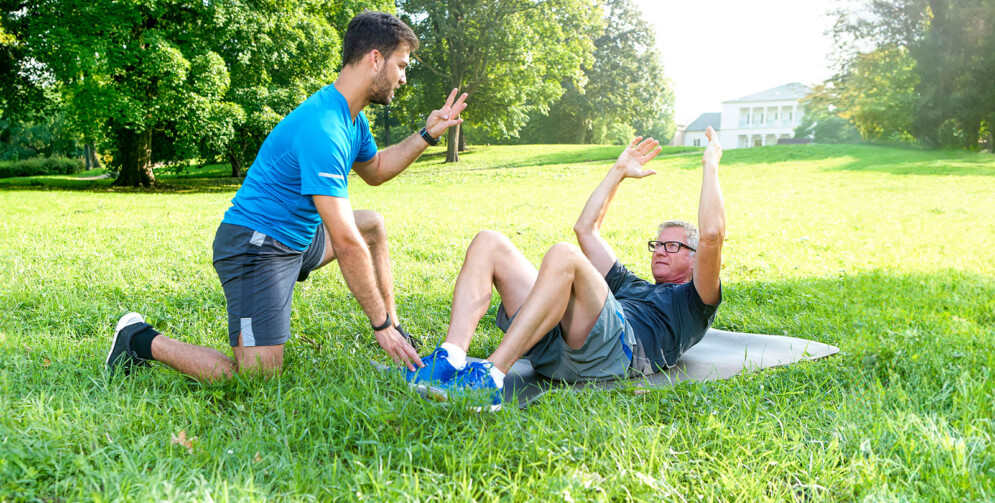Injuries can happen to anyone. You might be an athlete pushing your limits, a weekend warrior enjoying a casual game, or simply someone who tripped on a staircase. No matter the situation, the result often feels the same: pain, frustration, and the uncomfortable sense that your normal routine has been put on hold.
The first instinct after getting hurt is usually to rest, and while rest is important in the beginning, staying still for too long can actually slow your progress. Movement, when done safely and progressively, becomes medicine. Exercise not only speeds up recovery but also helps prevent setbacks, restores confidence, and prepares you to come back stronger than before.
Let’s explore why physical exercise plays such an important role in the healing process.
Preserves and Rebuilds Muscle Strength
One of the first challenges after an injury is muscle loss. Muscles that are not used begin to weaken quickly, and if a joint or limb is immobilized for several weeks, that process accelerates.
The good news is that controlled exercise helps fight this. Even simple isometric exercises, where you tighten a muscle without moving the joint, can keep muscles engaged while protecting the injured area.
For example:
-
After a knee injury, straight-leg raises or quad sets help keep the thigh muscles active without stressing the joint.
-
After a shoulder injury, resistance band external rotations maintain rotator cuff strength in a safe way.
This prevents long-term weakness and provides support for the healing area, making the return to normal movement smoother.
Restores Mobility and Flexibility
Too much rest often leads to stiffness and a reduced range of motion. Joints, ligaments, and muscles need movement to stay supple. Without it, you might heal from the injury but still find it difficult to bend, reach, or walk the way you used to.
Rehabilitation exercises bring movement back gradually. Gentle stretching, controlled joint rotations, and mobility drills teach the body that it is safe to move again.
For instance:
-
Ankle circles are useful after a sprain.
-
Gentle hip openers relieve tightness after lower back injuries.
By restoring mobility early, you prevent long-term stiffness and set the stage for a full recovery.
Boosts Circulation and Healing
Exercise is like fuel for the body’s natural repair system. When you move, blood flow increases, bringing oxygen and nutrients to the injured tissues. At the same time, movement helps clear away waste products that slow down healing.
This is why low-intensity activities are so valuable. Walking, swimming, or cycling at an easy pace can improve circulation without putting too much stress on the injury. And if you’re looking for other ways to keep your training fun and motivating, don’t miss our article on Why Cardio Can Feel Boring and How to Make It Fun Again
Better circulation means faster repair, less swelling, and stronger tissue recovery.
Strengthens the Injured Area
After the initial healing phase, the focus shifts to rebuilding strength where it is needed most. Injured muscles, tendons, and ligaments often feel unstable and vulnerable. Without targeted strengthening, you risk getting injured again.
Progressive resistance training, starting light and slowly increasing the challenge, helps rebuild strength and stability.
Some examples:
-
Post-ankle sprain: single-leg balance drills on a soft surface.
-
Post-wrist injury: grip-strength exercises with therapy putty or light hand grippers.
-
Post-back strain: core stability work such as bird-dogs or dead bugs.
The key is progression. Move forward step by step, never rushing but also not avoiding the challenge. This way, the injured area regains full functionality. If you want to understand how to progress safely in your strength training, check out our guide on How Much Weight Should I Lift in the Gym?
Retrains the Body and Mind
Injuries do not only affect muscles and joints. They also change how the brain communicates with the body. Pain often causes you to move differently, maybe limping or compensating, and those altered movement patterns can stay even after the pain is gone.
Rehabilitation exercises retrain the nervous system. They remind your body how to move correctly and efficiently again.
Balance drills, coordination training, and sport-specific practice all play a role here. For athletes, this step is critical because it ensures not only physical healing but also a safe return to high performance.
Think of it as updating the body’s software. You are not just repairing the hardware but also reprogramming the system that controls it.
Reduces Pain and Inflammation
Many people believe that exercise will make an injury hurt more. The truth is that carefully chosen physical activity can reduce pain.
This happens in a few ways:
-
Exercise releases endorphins, which are natural pain relievers.
-
Better circulation reduces inflammation.
-
Gentle movement prevents stiffness, which is often more painful than the injury itself.
Activities like swimming, stationary cycling, or yoga can ease discomfort while also supporting the healing process. In many cases, people notice that they feel less pain after a light workout than when they stay completely inactive.
Rebuilds Confidence and Mental Health
The mental side of recovery is just as important as the physical side. Injuries can make you feel isolated, frustrated, or even anxious about moving again. Exercise helps counter this by restoring progress and bringing back a sense of control.
-
Endorphins boost mood and reduce stress.
-
Movement reminds you that your body is still capable.
-
Gradual progress reduces the fear of re-injury.
When you see yourself improving day by day, confidence comes back. This is what transforms recovery from something discouraging into something empowering.
Practical Tips for Exercising After an Injury
Before you dive back into training, keep these key points in mind:
-
Start slow. Begin with the lowest possible intensity.
-
Listen to your body. Pain is a warning sign. Discomfort can be normal, but sharp or worsening pain means stop.
-
Focus on form. Good technique matters more than weight or speed.
-
Progress gradually. Add resistance, time, or complexity step by step.
-
Seek professional guidance. A physical therapist, trainer, or coach can make adjustments for your specific needs.
Exercise doesn’t just support recovery, it also strengthens the heart, boosts circulation, and improves overall health.
According to the CDC, regular physical activity provides proven health benefits, from reducing the risk of chronic disease to enhancing energy and mobility.
Final Thoughts: Movement Is Medicine
Recovering from an injury does not mean sitting still and waiting. It means actively helping your body rebuild. Through safe and progressive exercise, you can maintain strength, restore flexibility, improve circulation, retrain movement patterns, and regain both physical and mental confidence.
The road to recovery may feel long, but every small step, stretch, and controlled rep brings you closer to full strength. Rest protects you in the beginning, but movement heals you in the long run.
So remember this: recovery is not just about going back to where you were. It is about coming back smarter, stronger, and more resilient than before.
For more inspiration, check out our post on The Ultimate Fusion: Kickboxing Meets Fitness, where we explore how different training styles can transform your health and performance.

